What if you could sow your dream garden and passively increase the yield of your favorite crops while deterring pests from interfering with your harvest? If that sounds appealing, it’s time to learn about companion planting for vegetables.
We trace the origins of companion planting vegetables to the Native American tales of the Three Sisters, which refers to three essential crops planted by the Native Americans used for food and trade. Native Americans grew winter squash, corn, and climbing beans as companion plants in specific formations to increase soil temperature, improve drainage, enhance fertility, and limit soil erosion.
The Sisters benefited from companion growing as the cornstalk acted as a trellis for growing beans to climb, which provided nitrogen into the soil. The broad leaves of the squash proved effective at shading the ground to regulate its temperature and keep away weeds.
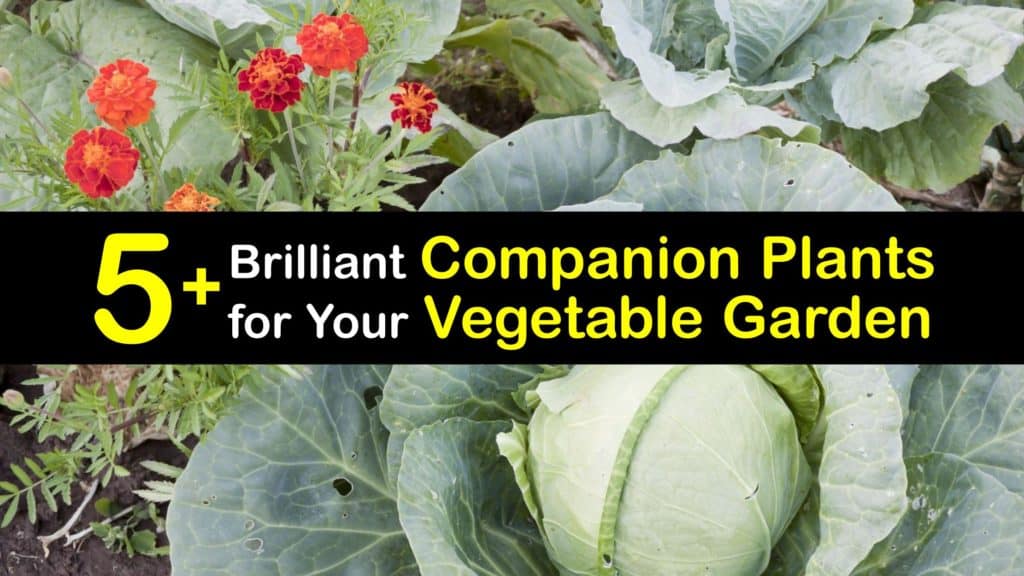
- Knowing What Vegetables to Plant Together
- Basics of Companion Planting for Vegetables
- Vegetable Companion Planting for Tomato Plants
- What Vegetables Grow Well Together with Cole Crops
- What Vegetables Grow Well Together
- Companion Vegetables for Green Beans
- Uses for Catnip with Vegetable Garden Companion Plants
- Avoid Fennel When Looking for Vegetable Companion Plants
- What to Avoid When Vegetable Companion Planting
- Dealing with Nematodes in Your Vegetable Garden
Knowing What Vegetables to Plant Together
Companion planting involves growing specific plants nearby for the mutual benefit they provide. Learning what veggies can be planted together is a long-standing organic growing practice used by home growers and commercial gardeners alike.
Although research on companion planting with flowers and other ornamentals exists, companion planting focuses on vegetables and fruits. This article highlights the benefits of companion planting and suggested pairings, and what to avoid when sowing seeds.
Although other gardening components may apply exact science, such as monitoring the pH level of soil regarding the growth of plants, companion planting implements the observations farmers and gardeners discovered through trial and error of sowing different seeds together.
Basics of Companion Planting for Vegetables
Getting started with companion planting involves knowing your endgame. What are you hoping to get out of your vegetable garden? Are you looking to plant in July, February, or October?
What issues are you hoping to resolve in your garden? After making these observations and doing a bit of pre-planning, choosing with herbs or vegetables to plant becomes easier.
Most herbs and flowering plants do well when planted with veggies, benefiting and aiding their growth in the process. Oregano, nasturtiums, marigolds, and chervil are a few plants that do well by growing near your vegetables.
Another way to begin companion planting is by looking at plants that repel pests and attract pollinators.

Attracting beneficial insects not only aids in pollination but also increases the yield of your plant. Still, it draws natural predators, like ladybugs, to eat the insects looking to feed on your vegetables.
Vegetable Companion Planting for Tomato Plants
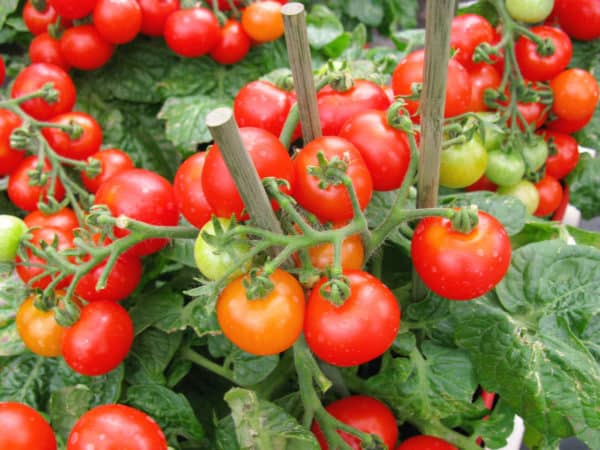
When looking for what vegetables to plant together, we recommend starting with tomatoes. Tomatoes are among the most popular fruits worldwide, not only for the variety of uses but for the ease at which they grow. They are tasty vegetables to grow inside as well as out as long as you care for them properly.
By sowing the right companion near your tomato plants and learning how far apart to plant vegetables to give them proper air circulation, you’ll provide them with a boost of flavor and deter any harmful pests from ruining your crop.
Aromatic herbs like chives are good companion plants for tomatoes as they repel common insects like aphids and boost the yield of your plant. Plant next to cilantro for the same types of benefits.
Swiss chard, parsnips, and borage all make great companion plants for tomatoes to keep pests away and improve the quality of your crop. The turnip growing stages are interesting to watch, as well. Planting marigolds near your tomato plants keeps tomato hornworms away.
What Vegetables Grow Well Together with Cole Crops
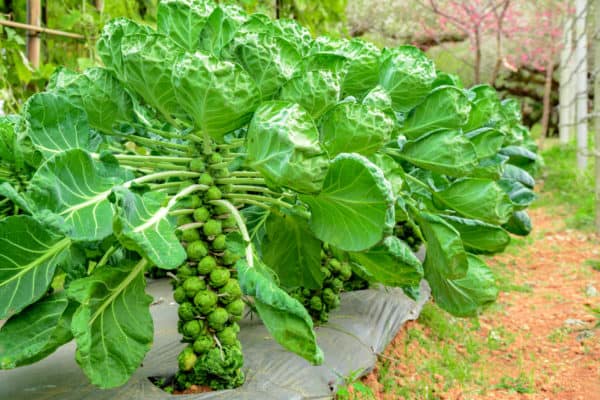
Cole crop is a term that describes vegetables in the cabbage family and those closely related. Cole crops include Brussels sprouts, kohlrabi, band broccoli, among others. These are some of the vegetables that grow in low light conditions. What to grow with broccoli and other cole crops is just as important as what not to plant nearby.
A somewhat common trend in companion planting is that crops often do well with similar crops meaning that when you plant Brussel sprout seedlings with other cole crops, they thrive when planted with each other.
Chamomile is another plant that your cole crops benefit from as it draws pollinators to your brassicas.
Outside of those crops, when looking for what vegetables to plant together, growing bush beans or legumes, potatoes, and members of the Allium family will work. A cole crop veggie grows well with onions and leeks.
Members of the onion family are ideal to plant with Brussel sprouts and make the best companion plants due to their strong aroma warding off potentially harmful insects like cabbage moths.
What Vegetables Grow Well Together
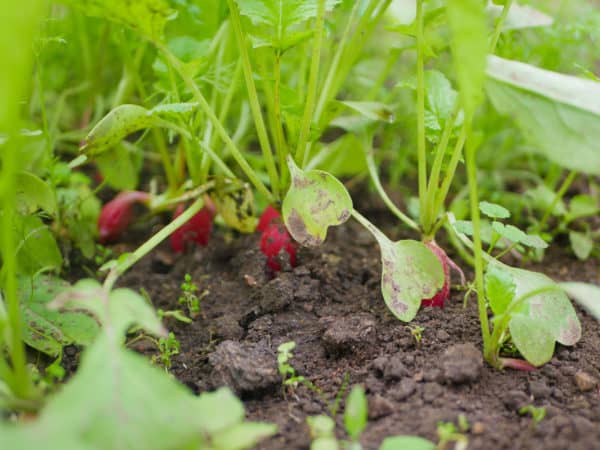
Although not every vegetable combination is a match made in heaven, some plants work in a tier system, benefiting the level above them but not affecting the top tier. Companion plants for radishes are the perfect example.
When planting cole crops, plant with potatoes nearby because brassicas have shallow root systems and won’t compete for the space or nutrients that your potatoes require.
To benefit the growth of your potatoes, grow radish plants as great additions to your garden as they mature faster than other crops and break up the soil, which helps your potato plants and even onions.
If you’re looking to add-on to your garden and use your new radishes as a starting point for your next companion pairing, try to plant zucchini seeds, pole beans, or marjoram.
Companion Vegetables for Green Beans
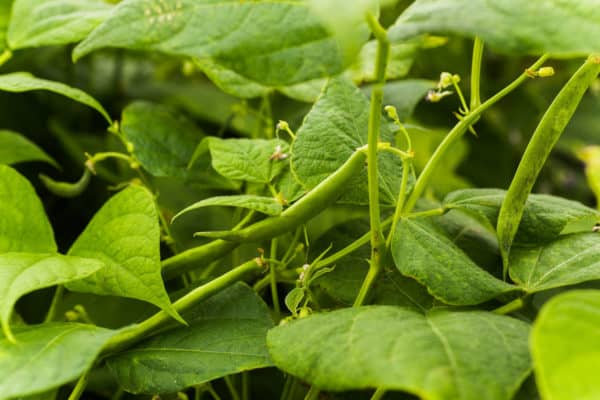
Green beans are pretty common vegetables and are great additions to gardens when using a trellis. With the right companion, your green beans will benefit other crops and receive protection simultaneously.
As the Native Americans did, planting corn near your green beans provides equal benefit as your beans grow up the cornstalk, removing the need for a trellis, and the stability of the green beans makes your corn stalk more durable to wind.
Beans also provide nitrogen into the soil that your corn plant appreciates. Marigolds, nasturtiums, summer savory all repel bean beetles, and summer savory improves your beans’ growth rate and flavor.
Uses for Catnip with Vegetable Garden Companion Plants
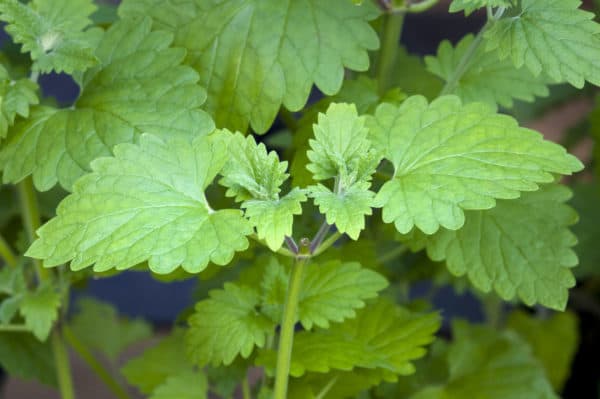
Most people know what catnip does for felines, but it provides several other benefits to your vegetable garden. Catnip attracts bees to your garden, aiding pollination and even repelling insects like squash bugs.
Catnip benefits several crops and plants in your gardens like pumpkins, squash, beans, and hyssops.
Avoid Fennel When Looking for Vegetable Companion Plants
When searching companion planting for vegetables, you may come across fennel listed as a plant to avoid, and there’s a valid reason.
Fennel is a beloved part of the carrot family that is eaten raw, roasted, sauteed, or added to soups and packs lots of nutritional value.
Fennel produces yellow flowers known to attract butterflies, but these flowers also have seeds that fall to the ground to begin the sowing process over again.
Without intervention or digging up the seedlings, or removing the flowering stems, you’ll soon have more fennel than you could ever want.
Fennel is a poor companion plant due to a substance it produces from its roots that inhibits the growth of neighboring plants. This substance works exceptionally well against common crops like beans and tomatoes.
What to Avoid When Vegetable Companion Planting
Other than fennel, something to avoid when pairing plants together is grouping plants that require the same nutrients.
With this in mind, you prevent your plants from competing for the same nutrients and possibly leaving one of your plants with a deficiency.
Be mindful of the sunlight requirements of your plants to avoid planting two plants that each require full sun, where one has the possibility of growing taller than the other and providing unwanted shade to its companion. Considering appropriate companion planting for corn is just as important as choosing partners for tomatoes and zucchini.
Some crops are susceptible to similar diseases and easily share conditions if they grow too close to each other. Separate these types of plants across your garden from each other to minimize risk.
Dealing with Nematodes in Your Vegetable Garden
Nematodes are common pests in gardens that cause losses in crops by piercing the roots of some plant species and laying their eggs inside. Nematodes cause a knotted appearance of roots and wilt the whole plant.
Nematodes are inactive in low temperatures, so when you plant romaine lettuce, potatoes, and radishes, they may only receive minor damage if grown in infested soil during cooler parts of the month. Grow with carrots in early spring or fall as well.
However, these same crops are vulnerable to significant damage if grown during warmer temperatures that nematodes enjoy.
While there are chemical treatments to rid your soil of nematodes, there are natural remedies for these pests as well. Many plants effectively get rid of nematodes; French Marigolds, for example, kill nematodes when used as manure.
Now that you know what to grow with vegetables, we hope you take full advantage of companion planting next time you’re looking to refresh your garden or start a new one.
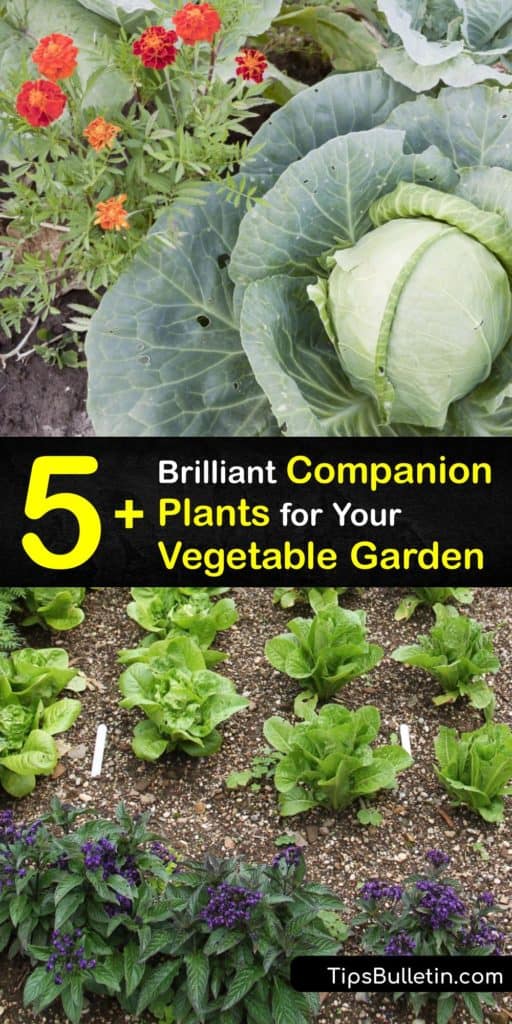
We hope you found this article on companion planting for vegetables beneficial and consider sharing with your friends and family what vegetables grow well together on Facebook and Pinterest.